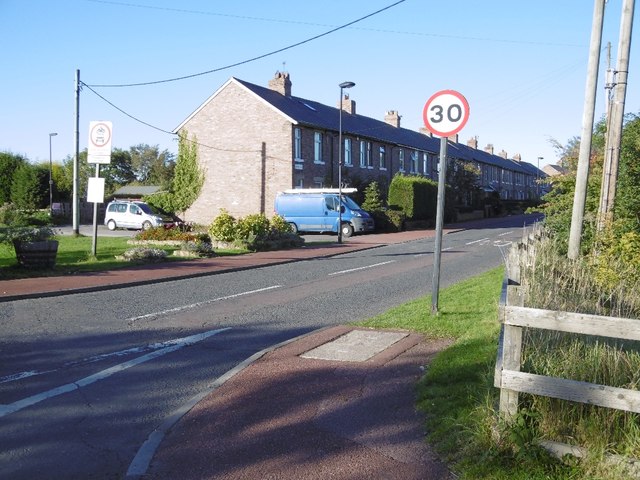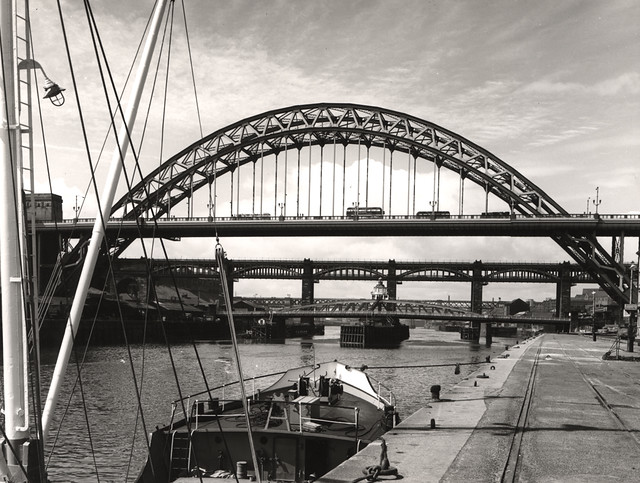Topics > Tyne and Wear > Newcastle upon Tyne > Civil Parishes in Newcastle > Woolsington Civil Parish
Woolsington Civil Parish
Parish boundaries may have changed - for the latest map see the Parish Council or Newcastle City Council.
About the Parish
| Overview: | Woolsingham is one of only six civil parishes in Newcastle upon Tyne (most of the city is unparished). The parish is located roughly 5 miles north-west of the city centre and includes both urban and rural areas. Newcastle Airport is located at the north of the parish. |
| Main Settlements: |
Woolsingham (village), Callerton, Black Callerton and the urban area including parts of Whorlton Grange, Beadburn, Newbiggin Hall and Bank Foot. Woolsington is also an electoral ward, which covers a larger geographical area than the parish. |
| Population: |
8512 (2021 Census) 8,256 (2011 Census) 7,928 (2001 Census) |
| Area: | 17.2 km2 |
| Parish Council: | Woolsinton Parish Council |
| Unitary Authority: | Newcastle City Council |
| Ceremonial County: | Tyne and Wear |
Historical |
|
| Ancient Township: |
Townships became civil parishes in their own right in 1866 (see below). |
| Ancient Parish: |
Dinnington Parish (St Matthew) The Parish of Dinnington was created in 1834, mainly from parts of the parish of Ponteland. Prior to that Woolsingham was part of the ancient parish of Newburn.[1] Ancient parishes refer to the parishes before the split between ecclesiastical (church) and civil parishes in the 19th century. They had a parish church and often were composed of multiple townships and chapelries. In many cases, townships and parishes were originally based on the territory of manors from the feudal system during medieval times. Civil parishes were created following the Poor Law Amendment Act 1866, in which Church of England parishes, extra-parochial areas, townships and chapelries, became "civil parishes" which could set their own poor rate (tax). Then the reforms of Local Government Act 1894 established elected civil parish councils (or parish meetings for parishes with less than 300 residents) and created urban and rural districts. Boundaries of parishes and civil parishes may have changed over time. |
| Ancient District: |
Castle (ward) |
| Poor Law Union: |
Castle Ward Poor Law Union, formed in 1836. Castle Union Workhouse was located at Ponteland, built in 1848 to house 120 inmates, and later extended. Prior to 1848 the Union used the old workhouse at Heddon-on-the-Wall. Under the Poor Law Amendment Act of 1834 parishes were grouped into Unions, each of which had to build a workhouse if they did not already have one. It ended the old system of locally provided poor relief which had come under strain as numbers out of work grew, following increasing mechanisation of agriculture and the economic downturn after the Napoleonic Wars, along with changing social attitudes. The workhouse provided those unable to support themselves financially with accommodation and work. Inmates were generally segregated into men, women, boys and girls. The workhouse system was abolished by the Local Government Act 1929, but many workhouses lived on as ‘Public Assistance Institutions’ until the National Assistance Act 1948. |
| County: |
Northumberland, until 1974, then: Tyne & Wear, which was created on the 1st of April 1974, following the Local Government Act 1972. Tyne and Wear County Council (1974 - 1986), based at Sandyford House. The council was abolished in 1986 along with the other metropolitan county councils in England by the Local Government Act 1985. However, it remains a ceremonilal county. |
|
District Council: |
Newcastle City (metropolitan borough) Since 1986 Newcastle City Council has functioned as a unitary authority (responsible for both district and county-level functions). |
|
Major Boundary Change |
On 1st April 1955 changes to Dinnington Civil Parish boundaries included:
Source: [2] |
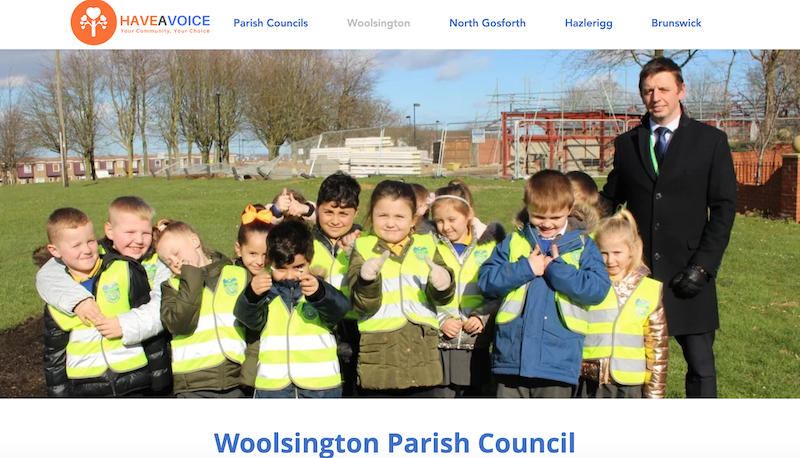
from https://www.haveavoice.org.uk…
Woolsington Parish Council
- "....Woolsington is a civil parish of Newcastle upon Tyne England. It is situated in two Electoral City Council Wards. The Parish councils itself consists of Beadburn, Callerton, Newbiggin Hall and …
Added by
Simon Cotterill
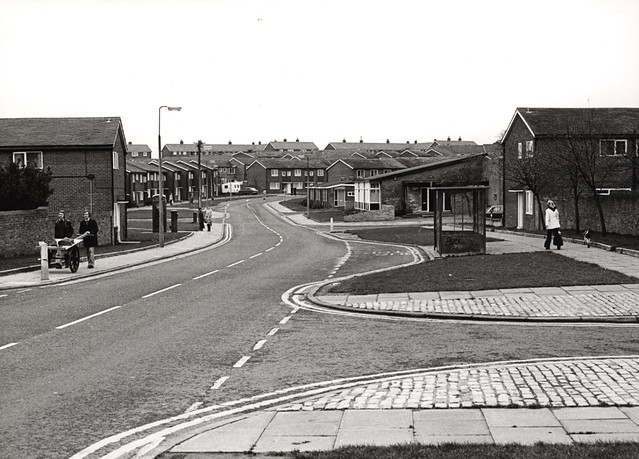
Co-Curate Page
Woolsington
- Overview About Woolsington Map Street View Woolsington Village is about 5 miles north-west of Newcastle city centre. It forms part of the Civil Parish of Woolsington, which includes Newcastle Airport. …
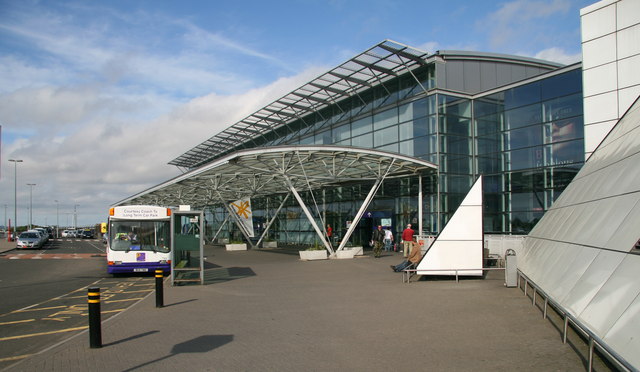
Co-Curate Page
Newcastle Airport
- Overview About Newcastle Airport Map Street View Newcastle International Airport is located near Woolsington, about 6 miles north-west of Newcastle city centre. The airport opened on the 26th of July …
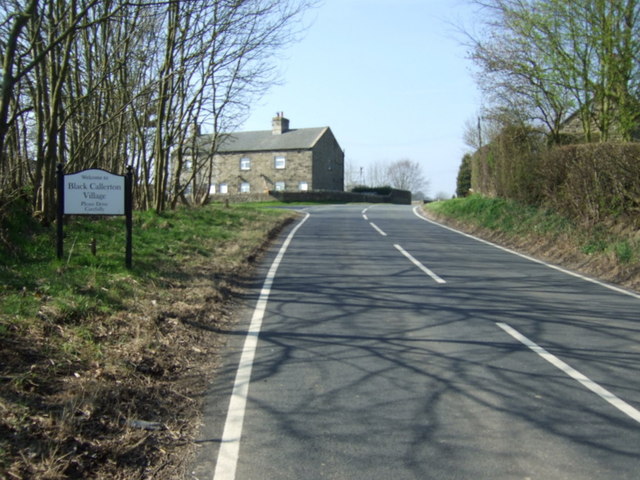
Co-Curate Page
Black Callerton
- Overview Map Street View Black Callerton is a rural village within the City of Newcastle upon Tyne, located about 5 miles north-west of the city centre. The earliest reference to …
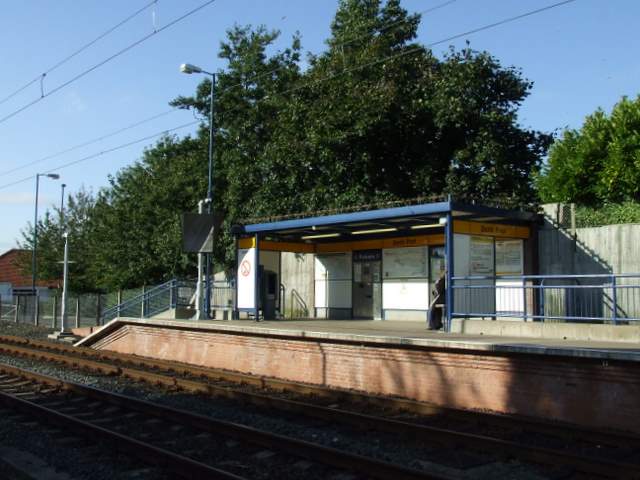
Co-Curate Page
Bank Foot Metro Station
- Overview About Bank Foot Station Map Street View Bank Foot is a station on the Tyne and Wear Metro which opened in 1981. It was the terminus of the Green …
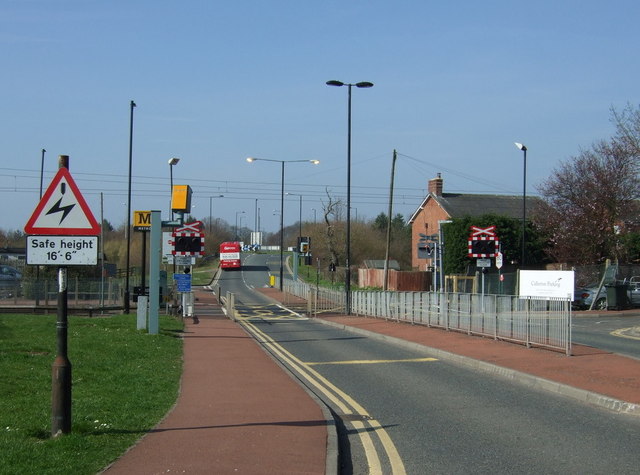
Co-Curate Page
Callerton Parkway Metro Station
- Overview About Callerton Parkway Station Map Street View Callerton Parkway is a station on the Tyne and Wear Metro. The station was opened on the 17th of November, 1991, as …
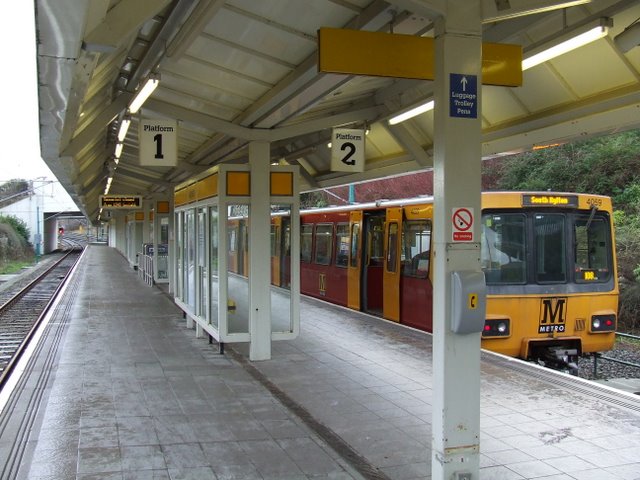
Co-Curate Page
Airport Metro Station
- Overview About Airport Metro Station Map Street View Airport is as station of the Tyne and Wear Metro; it is the terminus at the north end of the Green Line, which …
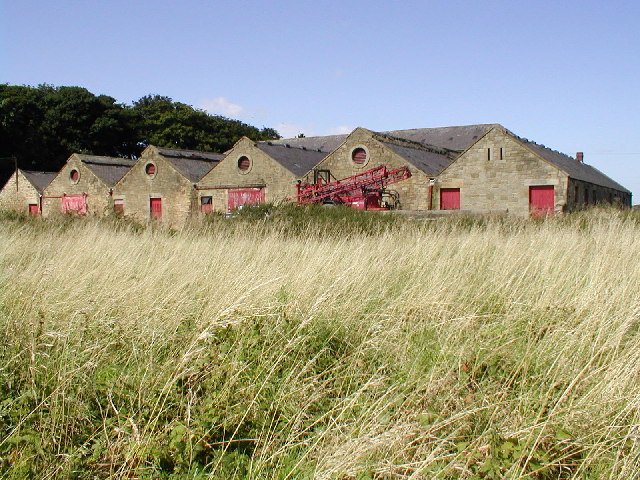
Co-Curate Page
West Brunton
- West Brunton is an area in Newcastle-upon-Tyne, now associated with new housing built on former farmland. A village of West Brunton was recorded in Medieval times, though it's exact location …


from https://www.haveavoice.org.uk…
Woolsington Parish Council
- "....Woolsington is a civil parish of Newcastle upon Tyne England. It is situated in two Electoral City Council Wards. The Parish councils itself consists of Beadburn, Callerton, Newbiggin Hall and …
Added by
Simon Cotterill

Co-Curate Page
Woolsington
- Overview About Woolsington Map Street View Woolsington Village is about 5 miles north-west of Newcastle city centre. It forms part of the Civil Parish of Woolsington, which includes Newcastle Airport. …

Co-Curate Page
Newcastle Airport
- Overview About Newcastle Airport Map Street View Newcastle International Airport is located near Woolsington, about 6 miles north-west of Newcastle city centre. The airport opened on the 26th of July …

Co-Curate Page
Black Callerton
- Overview Map Street View Black Callerton is a rural village within the City of Newcastle upon Tyne, located about 5 miles north-west of the city centre. The earliest reference to …

Co-Curate Page
Bank Foot Metro Station
- Overview About Bank Foot Station Map Street View Bank Foot is a station on the Tyne and Wear Metro which opened in 1981. It was the terminus of the Green …

Co-Curate Page
Callerton Parkway Metro Station
- Overview About Callerton Parkway Station Map Street View Callerton Parkway is a station on the Tyne and Wear Metro. The station was opened on the 17th of November, 1991, as …

Co-Curate Page
Airport Metro Station
- Overview About Airport Metro Station Map Street View Airport is as station of the Tyne and Wear Metro; it is the terminus at the north end of the Green Line, which …

